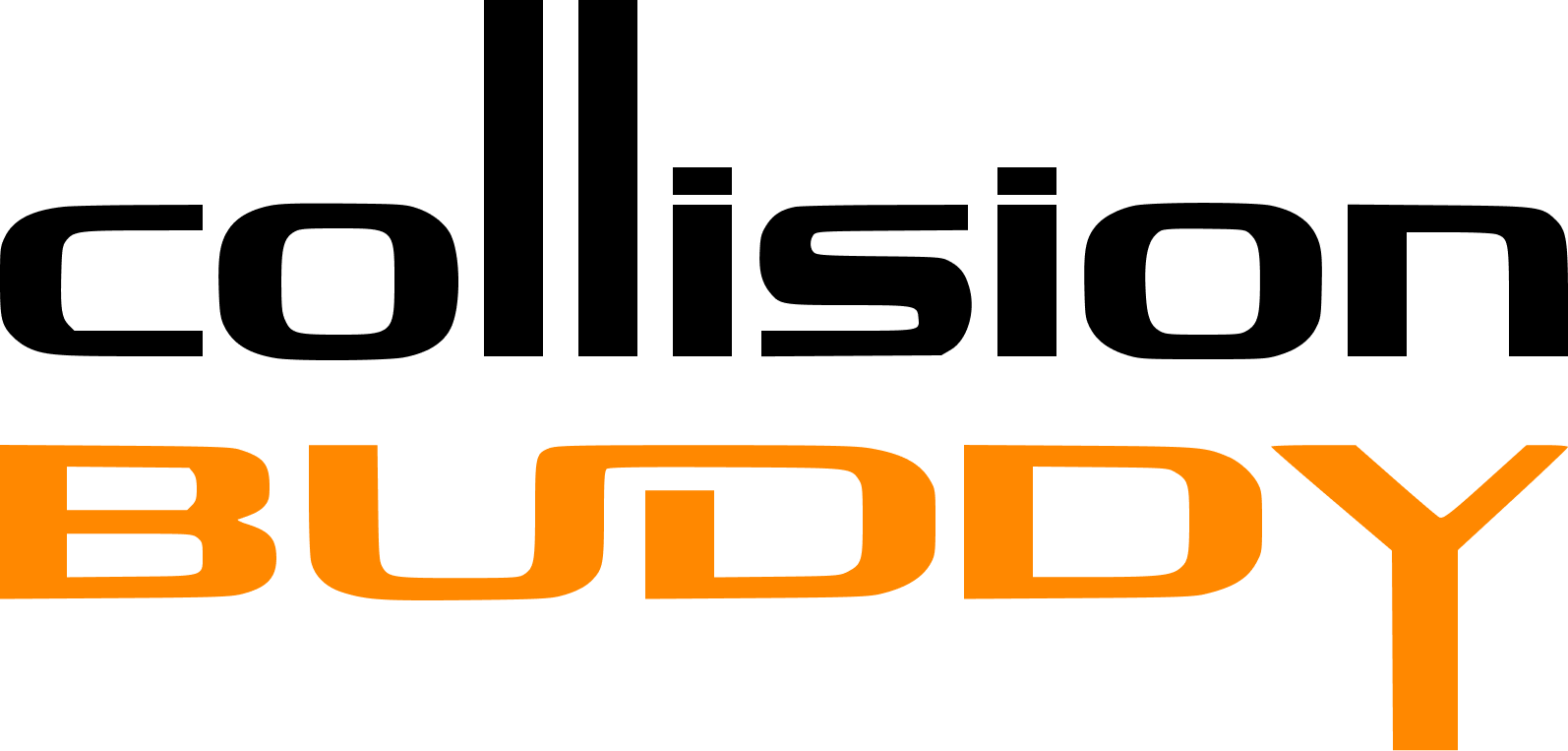Beyond the Bumper: Understanding Advanced Driver Assistance Systems After a Collision
- Collision Buddy
- Apr 25
- 4 min read
The Hidden Technology Keeping You Safe
Modern vehicles are essentially computers on wheels, with advanced driver assistance systems (ADAS) working silently behind the scenes to keep you safe. From automatic emergency braking to lane-keeping assistance, these sophisticated systems rely on a network of cameras, sensors, and radar units strategically positioned throughout your vehicle.
But what happens to these systems after a collision? At Collision Buddy in Woodland Hills, we understand that proper ADAS recalibration is just as important as repairing your vehicle's physical damage. Let's explore why these systems require special attention after even minor accidents.
Why Even Minor Collisions Can Affect Safety Systems
Today's vehicles often have multiple ADAS sensors in areas commonly damaged in accidents:
Front bumper and grille: Houses radar sensors for adaptive cruise control and collision warning systems
Windshield: Contains forward-facing cameras for lane departure warning and pedestrian detection
Side mirrors: Feature blind-spot monitoring systems
Rear bumper: Includes parking sensors and cross-traffic alert systems
When these components are damaged or replaced during collision repair, the precise positioning of the sensors changes. Even adjustments of mere millimeters can significantly impact performance. A misaligned forward-facing camera might fail to detect lane markings correctly, while an improperly calibrated radar sensor could misjudge distances to vehicles ahead.
The Recalibration Process Explained
Camera Systems
Most modern vehicles use windshield-mounted cameras to monitor road conditions, traffic signs, and lane markings. These cameras require two types of calibration:
Static Calibration: Performed in a controlled shop environment with precisely positioned targets at specific distances and heights from the vehicle. Our Woodland Hills collision repair center has a dedicated calibration bay with manufacturer-specified equipment to ensure perfect alignment.
Dynamic Calibration: Some camera systems also require driving the vehicle under specific conditions (speed, road type, weather) to complete the calibration process. Our technicians perform these procedures exactly as specified by manufacturers.
Radar Sensors
Radar sensors emit radio waves to detect objects and their distance from your vehicle. Calibrating these systems requires:
Special reflective targets that simulate vehicles at specific distances
Precise aiming equipment to ensure the radar cone properly covers the road ahead
Diagnostic scanners to confirm proper operation of the sensor
Our Tarzana area auto body shop has invested in radar calibration equipment for all major vehicle manufacturers.
Ultrasonic Sensors
These sensors, commonly used for parking assistance, require their own specific calibration procedures depending on the vehicle make and model. Our technicians verify proper operation before returning your vehicle.
The Dangers of Improper or Skipped Recalibration
Failing to properly recalibrate ADAS systems can have serious consequences:
False positives: Systems may brake or alert unnecessarily, creating dangerous driving conditions
False negatives: Sensors may fail to detect actual hazards, negating the safety benefits
Delayed responses: Improperly calibrated systems might react too slowly in emergency situations
Warranty issues: Skipping manufacturer-required calibrations may void portions of your vehicle warranty
Insurance complications: In the event of a subsequent accident, improper repairs could affect liability
Collision Buddy's Advanced Recalibration Technology
At our Woodland Hills auto body shop, we've invested in factory-specified calibration equipment for all major vehicle manufacturers. Our process includes:
Pre-repair scan: Identifies all fault codes and system status before repairs begin
During-repair documentation: Tracking which ADAS components are affected by repairs
Manufacturer procedure verification: Confirming the latest calibration requirements
Advanced calibration equipment: Using factory-approved tools and targets
Post-repair scan: Verifying all systems are functioning correctly
Road test verification: Confirming real-world operation matches specifications
Our calibration center is specifically designed with controlled lighting, level floors, and precise measurement systems to ensure accurate results every time.
Insurance Coverage for ADAS Recalibration
Many Calabasas and Tarzana area drivers wonder if insurance covers ADAS recalibration. The good news is that most insurance policies do cover these procedures when:
The calibration is required as a result of collision damage
The procedures follow manufacturer specifications
The shop performing the work is properly certified
At Collision Buddy, we work directly with insurance companies to document the necessity of these calibrations and ensure proper coverage. In cases where insurers initially question these procedures, we provide manufacturer documentation showing they're required—not optional—for proper repair.

Questions to Ask Your Collision Repair Shop About ADAS
Before trusting a shop with your vehicle's ADAS recalibration, ask these questions:
Do you have dedicated calibration equipment for my specific vehicle?
Are your technicians specifically trained in ADAS calibration?
Do you follow manufacturer-specific procedures rather than generic calibrations?
Will you provide documentation of completed calibrations?
Do you perform both pre-repair and post-repair scans?
How do you verify calibrations were successful?
Protecting Your Investment and Your Safety
Your vehicle's advanced safety systems represent both a significant financial investment and crucial protection for you and your family. Proper calibration ensures these systems work exactly as designed when you need them most.
At Collision Buddy, our Woodland Hills collision repair team is committed to restoring not just the appearance of your vehicle, but the full functionality of all its sophisticated safety systems. We understand that what you can't see—the proper functioning of your ADAS—is just as important as what you can see.
When your vehicle needs collision repair, trust the team that understands today's automotive technology. Contact our Woodland Hills auto body shop today to experience the difference proper ADAS calibration makes.



